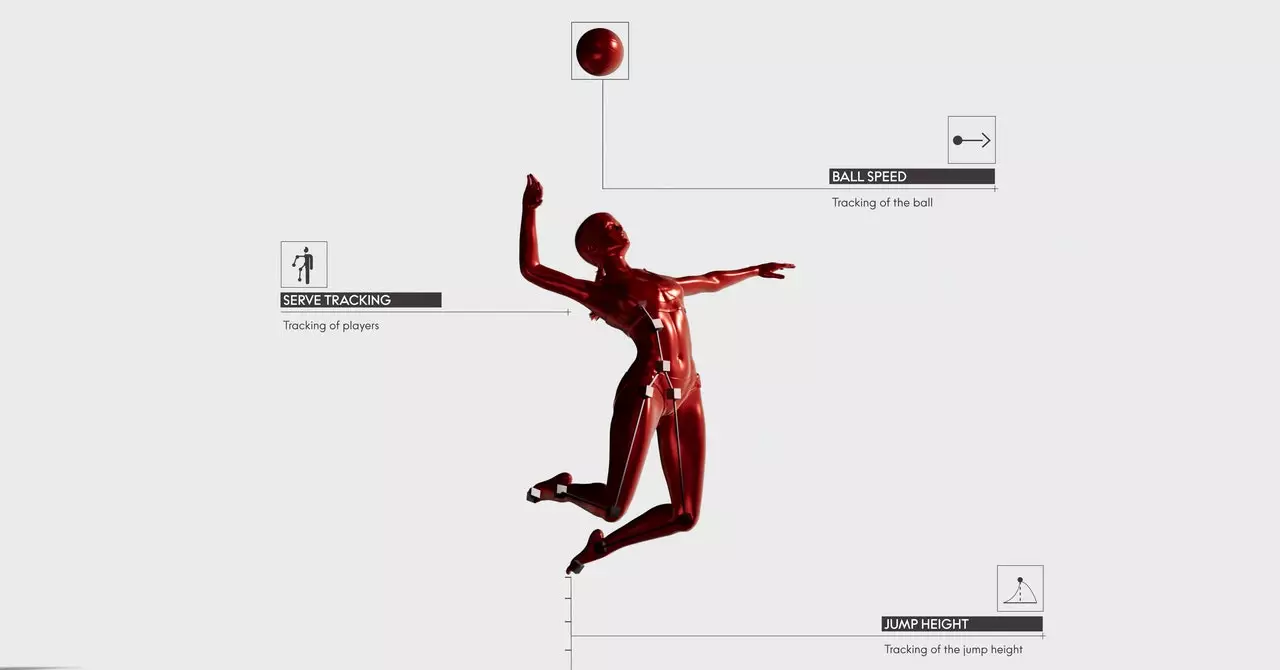In the world of sports, timing technology has evolved significantly over the years. One of the most controversial incidents in Olympic history occurred in 1960 at the Rome Olympics during the men’s 100-meter freestyle swimming event. Australian swimmer John Devitt and American Lance Larson both finished with the same time of 55.2 seconds, yet only Devitt was awarded the gold medal. This event led to advancements in timing technology to prevent such errors in the future.
Omega, a renowned Swiss watchmaker, has played a crucial role in the development of timing technology in sports. Alain Zobrist, the head of Omega’s Swiss Timing division, oversees a team of 400 employees dedicated to timing, measuring, and tracking various sports events. Omega’s involvement in timing technology dates back to 1932, with their timing devices being present at every Olympics since then.
Over the years, Omega has introduced innovative technologies to enhance the accuracy and efficiency of timing in sports. For instance, in 1968, Omega developed touch boards for the ends of swimming lanes to eliminate the risk of human error in recording finish times. This innovation was a response to the controversy that ensued in the 1960 Olympics due to a tie in the men’s 100-meter freestyle event.
Omega’s latest technological breakthrough, the Scan-o-Vision system, can capture up to 40,000 digital images per second, allowing judges to make split-second decisions during photo finishes. This advancement has significantly reduced the time taken to determine the outcome of races, providing a more accurate and timely result for athletes and spectators alike.
Omega’s approach to timing goes beyond just recording start and finish times. Zobrist emphasizes that they aim to “tell the story of the race, not just the result.” This storytelling aspect of timing technology has added a new dimension to sports events, providing viewers with a deeper insight into the competitive dynamics of each race.
As Omega continues to innovate and enhance its timing technology, the future of sports timing looks promising. The upcoming Paris Olympics in 2024 will showcase even more advanced timing systems, further enriching the viewer experience and ensuring fair competition for athletes.
The evolution of timing technology in sports has been driven by the pursuit of accuracy, fairness, and efficiency. Omega’s contributions to this field have revolutionized the way sports events are timed and documented, setting new standards for precision and reliability in the world of competitive sports.


Leave a Reply